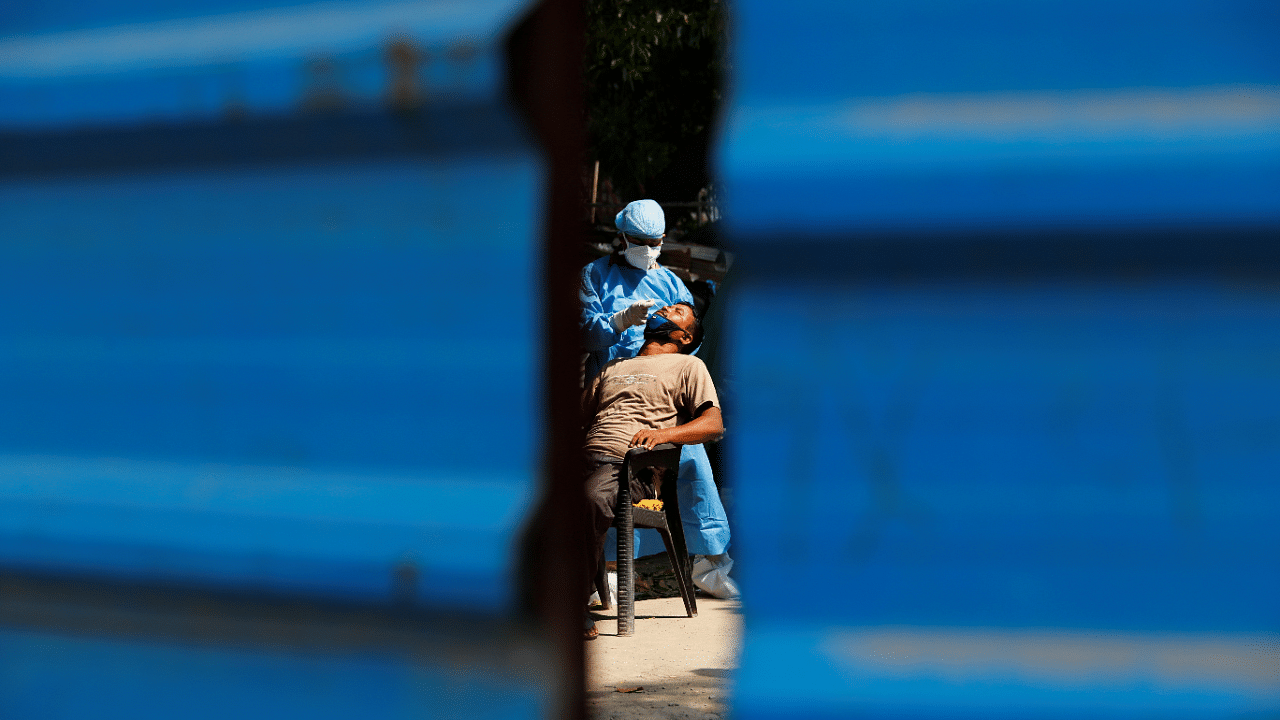
Scientists who have been conducting a predictive analysis of the Covid-19 outbreak have cautioned that the latest mathematical analysis of the outbreak predicts that 50% of the population is set to get infected by January 2021.
This analysis incorporates findings from serosurveys conducted in India and in Europe, notably about how many potential unknown Covid-19 cases there are for every case which is found.
Associate professor Dr. Sashikumar Ganesan, chair of the Department of Computational and Data Sciences, Indian Institute of Science (IISc), who helped develop the Partial Differential-Equation (PDE)-based model, explained that “current trend” assumes there is 10 times the number of Covid-19 cases within the population.
Its “worst scenario” assumes 20 times the number of Covid-19 positive cases within the population, plus no vaccine. Other scenarios consider the introduction of a vaccine in either January or April 2021.
As of Monday, the state had 95,335 active cases, 4.2 lakh people recovered patients and 8,145 deaths. However, Ganesan clarified that the “worst scenario” is in some ways better because more infections mean an earlier end to the epidemic.
This has been the finding in several European serosurveys which indicate as many as 25 unknown cases for every case found. The first round of India’s national seroprevalence study determined that the case-to-infection ratio is 1:100.
In Karnataka, the case-to-infection ratio is still unknown because the first phase of the survey is on. Noted epidemiologist Dr Giridhar Babu, who is involved in the survey, said that if the national serosurvey results are considered, then the peak should happen a lot sooner.
Indeed, running the model’s “worst” scenario of 1:20 shows that Karnataka’s peak happened between August 28 and 30. Does that mean the state’s case to infection ratio is not 20 or higher?
“Not necessarily,” said Dr. Babu. “The first national serosurvey result came before increased testing and other measures. The ongoing second round will offer more
clarity.”
In the case of Bengaluru Urban, another well-known model which makes one-week predictions shows that the state’s curve is ascending. It predicts the city will have 2.23 lakh total cases by September 28, an increase of 25,645 cases since September 21. The city’s seven-day figures have been increasing by a thousand additional cases each week.
Dr. Gautham Menon of Ashoka University, who helped create the successful model, said it is “often best to just predict a week ahead at a time from current numbers